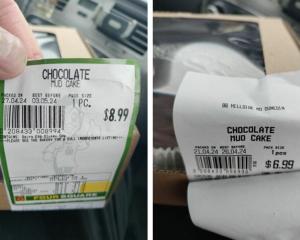In-market lamb prices are continuing to retreat from their record highs in mid-2011.
The BNZ anticipates further softening as demand remains weak in European markets and supply ticks marginally higher.
Farm gate prices would be further pressured by the weak European currencies against the New Zealand dollar, the bank's latest rural wrap said.
Despite the anticipated lower returns, profitability this season was expected to be the second-best in the past 10 years.
US beef prices were close to record highs, as supply remained tight. Markets in Asia were more subdued, on softening demand growth and more US imports.
The US cattle herd was at its lowest since the 1950s and the 2011 calf crop was estimated down 2% on a year earlier and the lowest since 1951. A hint of herd rebuilding would initially add to supply tightness.
In New Zealand, the balance of good in-market prices and the dollar's strength was expected to result in farm gate average season prices similar to the previous year.
Weather conditions in general had been about "as good as they can get", while the general outlook through to April also looked good, the report said.
The National Institute of Water and Atmospheric Research was predicting near normal rainfall and temperatures for most of the country, apart from the west and south of the South Island where normal or below normal rainfall and average to above average temperatures were forecast.
Overall, soil moisture levels should continue to aid good grass growth, helping milk flow and live weight gain.
The ASB NZ commodity price index fell 2.7% in New Zealand dollar terms over the week to February 3, continuing a steady decline since mid-December.
In US dollar terms, the index also fell, although to a lesser extent. That reflected broad-based declines across dairy, meat and forestry prices.
World dairy prices were mixed last week and the reported price changes, either up or down, were minor, according to the US Department of Agriculture.
Whole milk powder prices for both European and Oceania origins were unchanged from previous levels, butter dropped less than 1%, skim milk powder from both origins increased less than 1% while cheese prices were the big mover, dropping about 3%.
The report underscored the point made in the most recent Fonterra auction that world markets were looking for some direction, Prof William Bailey, from the Department of Agriculture at Western Illinois University, said.












